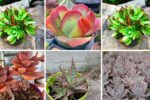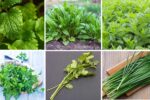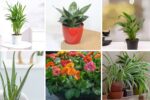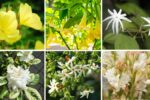Comfrey is an age-old plant treasured for both its medicinal benefits and its incredible use as a natural fertilizer. Known for its rapid growth, deep roots, and nutrient-rich leaves, comfrey has long been a favorite in organic gardening and herbal medicine. Its leaves are packed with potassium, nitrogen, and calcium, making it perfect for compost teas and soil enrichment. In herbal healing, it’s traditionally used for external applications like soothing bruises and sprains.
Here’s a list of 8 outstanding comfrey varieties to grow in your garden for both their wellness and composting value.
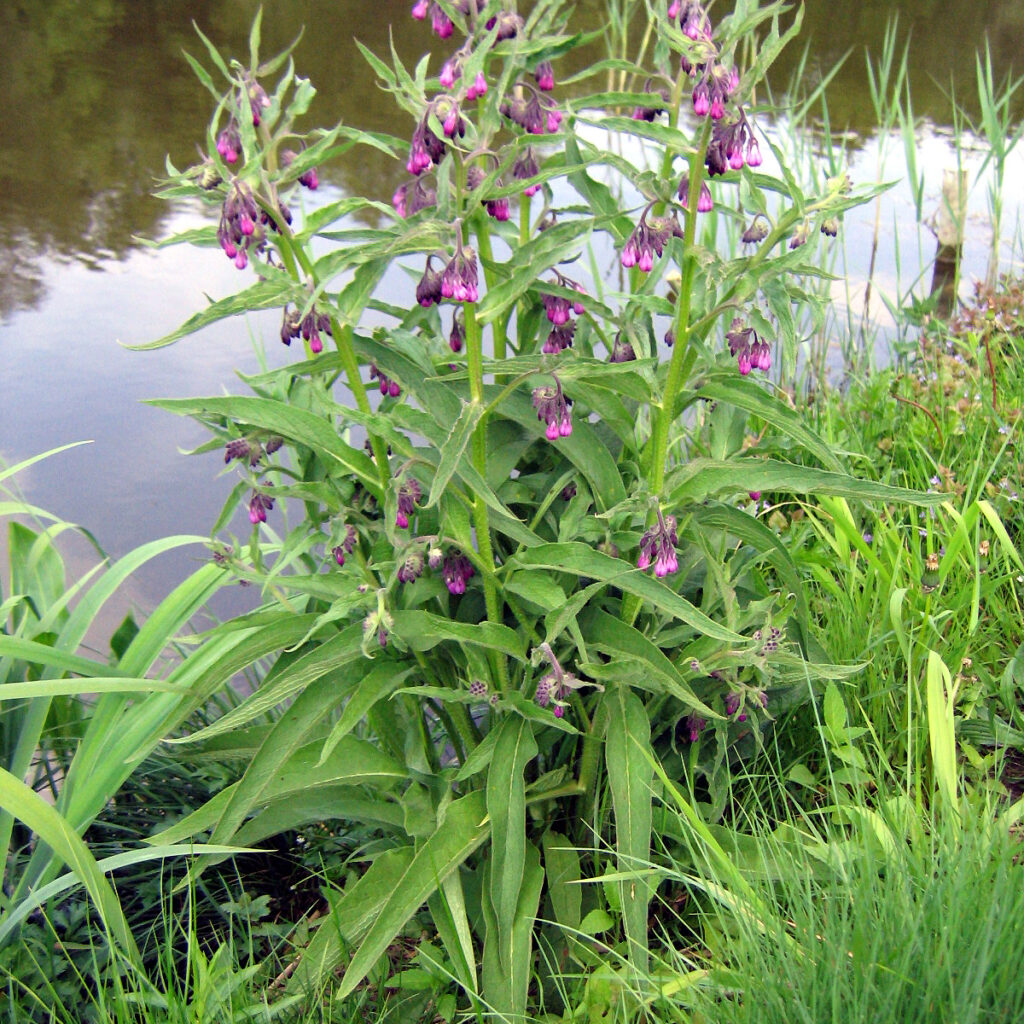
1. Common Comfrey (Symphytum officinale)
The most widely known variety, Common Comfrey, has been cherished in herbal remedies for centuries. Its bell-shaped, purple to cream flowers bloom from late spring to early summer, attracting pollinators. The roots and leaves contain allantoin, a compound believed to promote cell regeneration. In gardening, its large leaves are superb for adding to compost piles, where they decompose quickly and infuse the soil with essential nutrients. This hardy perennial thrives in moist, well-drained soil and partial shade.
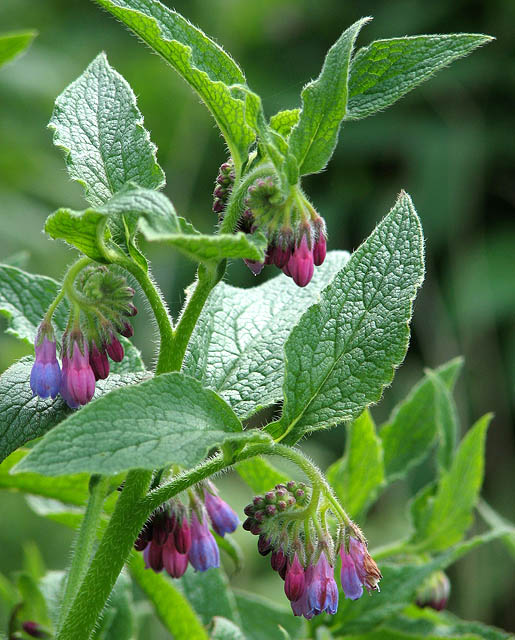
2. Russian Comfrey (Symphytum × uplandicum)
A popular hybrid variety, Russian Comfrey is known for its vigorous growth and resilience. It rarely produces viable seeds, making it a non-invasive option for gardeners. Its broad leaves and pinkish-purple flowers make it a beautiful, practical addition to herb gardens. Russian Comfrey is especially valued for producing abundant biomass for green manure and compost tea. It’s perfect for those looking to create a self-sustaining garden ecosystem and can handle both full sun and partial shade.
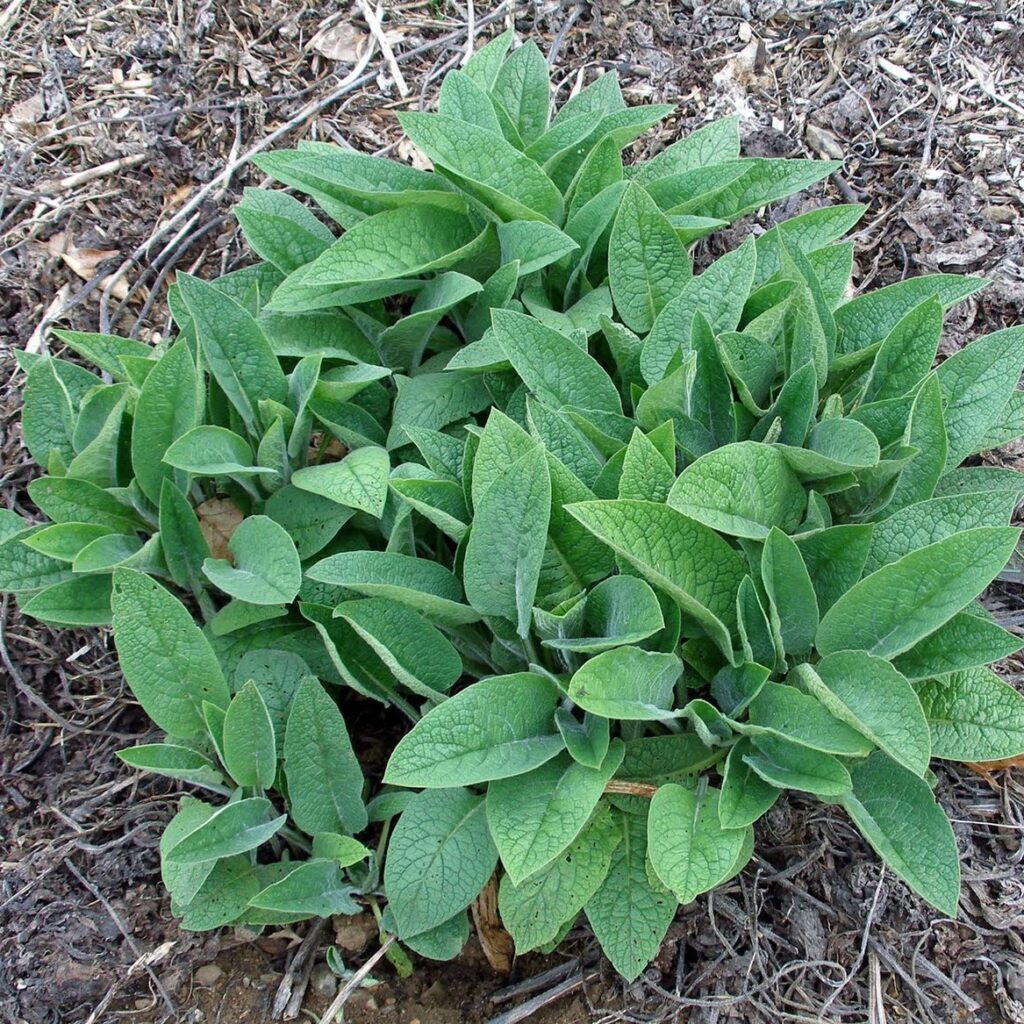
3. Bocking 14 Comfrey
Bocking 14 is a sterile cultivar of Russian Comfrey, famous for being non-spreading and highly productive. Its high potassium content makes it a favorite for creating natural fertilizer, especially beneficial for fruiting plants like tomatoes and peppers. It’s excellent for making compost activators and mulch, speeding up decomposition in compost heaps. Its deep roots draw up minerals from the soil, making it a brilliant companion plant. Bocking 14 thrives in a variety of soil conditions and is drought-tolerant once established.

4. Hidcote Blue Comfrey (Symphytum grandiflorum)
A charming ornamental variety, Hidcote Blue Comfrey offers both beauty and functionality. Its nodding blue to violet flowers brighten shady garden spots in early spring. Though not as potent for medicinal uses as Common Comfrey, it’s still rich in nutrients for composting purposes. Hidcote Blue is a ground-covering perennial ideal for woodland gardens, borders, or underplanting trees. It requires little maintenance and thrives in moist, humus-rich soil, making it a favorite among naturalistic garden designs.
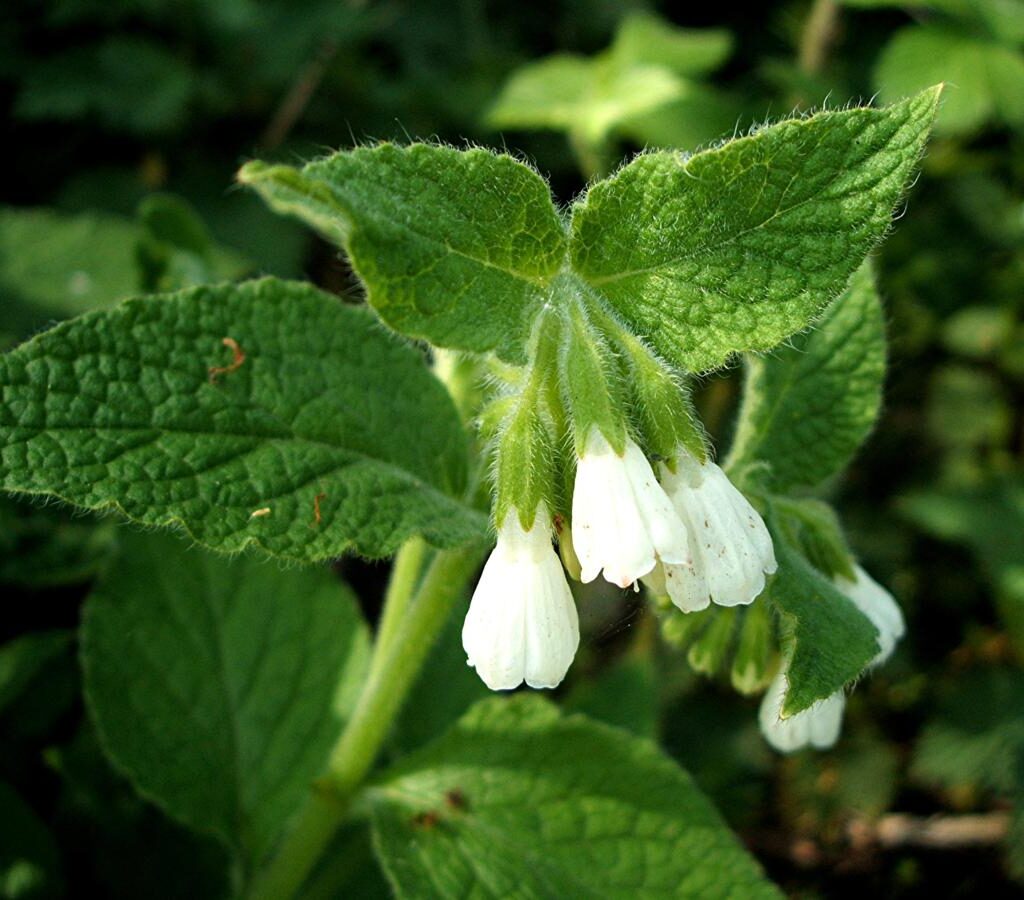
5. White Comfrey (Symphytum orientale)
White Comfrey stands out with its delicate, pale cream to white flowers, providing a softer touch to garden edges and shaded areas. This variety blooms earlier than most comfreys, offering nectar to pollinators when other plants are still dormant. Its leaves, though slightly smaller, are equally valuable for compost and mulch. Gardeners often grow White Comfrey for its ornamental appeal combined with its nutrient-dense foliage, perfect for eco-friendly gardening practices.

6. Pink Comfrey (Symphytum ibericum)
As its name suggests, Pink Comfrey produces beautiful soft pink blooms, adding a splash of gentle color to shady gardens and woodland areas. Native to the Caucasus, it’s a low-growing perennial, making it perfect for ground cover. Like its relatives, it has deep roots that mine nutrients and improve soil structure. The leaves can be harvested and added to compost piles or used as a nutrient-rich mulch around vegetable plants, especially those needing extra potassium.

7. Creeping Comfrey (Symphytum tuberosum)
Creeping Comfrey is a shade-loving variety with a spreading habit, forming dense mats of foliage and clusters of creamy yellow, tubular flowers in spring. It’s less commonly used for medicinal purposes but is excellent for ground cover and soil improvement. The leaves decompose rapidly, making them ideal for compost bins and green mulch. Creeping Comfrey is well-suited to woodland gardens and shady borders, preventing soil erosion while enriching the earth naturally.

8. Dwarf Comfrey (Symphytum caucasicum)
Dwarf Comfrey is a compact, clump-forming plant known for its bright blue, bell-shaped flowers. It blooms profusely in late spring and is ideal for small gardens, borders, and containers. While not as tall or sprawling as Common or Russian Comfrey, it still packs a punch as a compost activator and green manure plant. Gardeners prize it for its tidy growth habit, ease of maintenance, and ability to attract pollinators while quietly enriching the soil below.
Final Thoughts
Comfrey plants are incredibly versatile additions to any garden. Whether you need a natural fertilizer, a beautiful ground cover, or a traditional herbal remedy, there’s a comfrey variety to suit your needs. From the compact charm of Dwarf Comfrey to the bold presence of Russian Comfrey, these plants offer a sustainable way to nurture your soil, support wildlife, and beautify your space.
Would you like a detailed guide on how to make comfrey compost tea or a step-by-step planting guide next? I’d be happy to craft that for you too!

